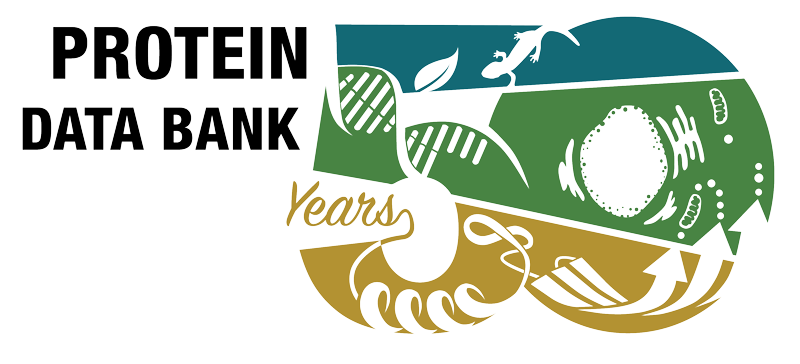Abstract
Abundant and essential motifs, such as phosphate-binding loops (P-loops), are presumed to be the seeds of modern enzymes. The Walker-A P-loop is absolutely essential in modern NTPase enzymes, in mediating binding, and transfer of the terminal phosphate groups of NTPs. However, NTPase function depends on many additional active-site residues placed throughout the protein's scaffold. Can motifs such as P-loops confer function in a simpler context? We applied a phylogenetic analysis that yielded a sequence logo of the putative ancestral Walker-A P-loop element: a β-strand connected to an α-helix via the P-loop. Computational design incorporated this element into de novo designed β-α repeat proteins with relatively few sequence modifications. We obtained soluble, stable proteins that unlike modern P-loop NTPases bound ATP in a magnesium-independent manner. Foremost, these simple P-loop proteins avidly bound polynucleotides, RNA, and single-strand DNA, and mutations in the P-loop's key residues abolished binding. Binding appears to be facilitated by the structural plasticity of these proteins, including quaternary structure polymorphism that promotes a combined action of multiple P-loops. Accordingly, oligomerization enabled a 55-aa protein carrying a single P-loop to confer avid polynucleotide binding. Overall, our results show that the P-loop Walker-A motif can be implemented in small and simple β-α repeat proteins, primarily as a polynucleotide binding motif.



 PMID:
PMID: 